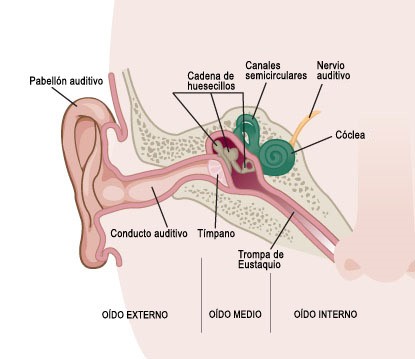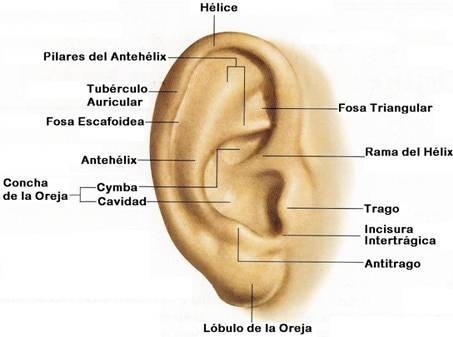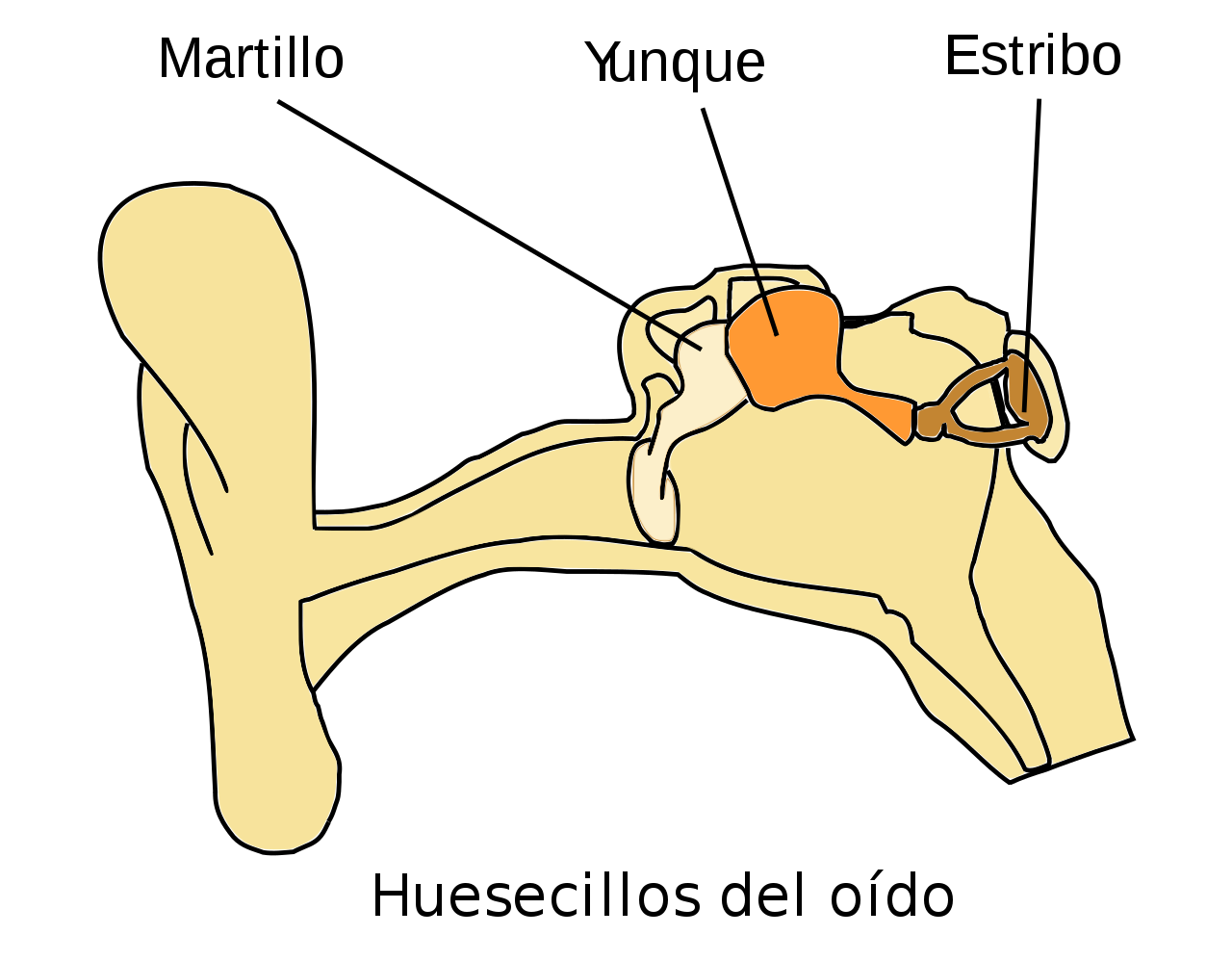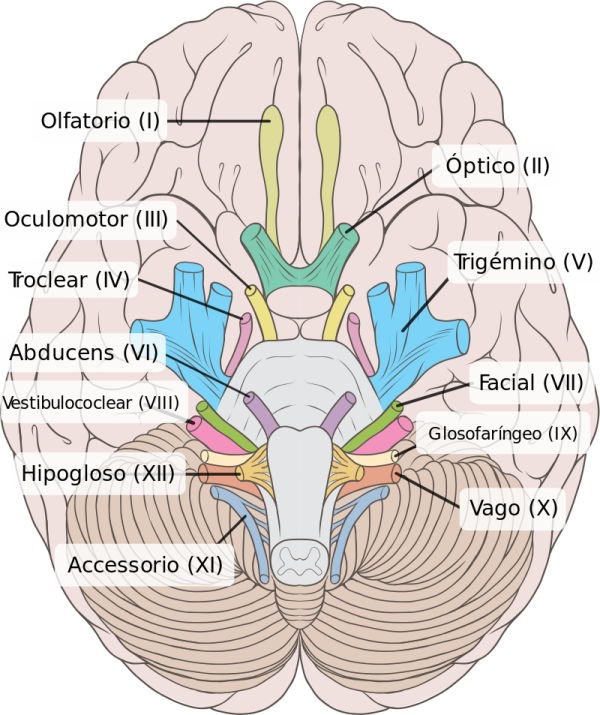Kabuki syndrome
1. The ear
There is much more to our ears than what we see on either side of our heads. The ear consists of three parts that work together to capture sounds and transmit them to the brain: the outer ear, the middle ear, and the inner ear.

1. In the outer ear, the visible part on the side of the head is called the auricle (also known as the pinna or ear flap). It consists of cartilage covered by skin. The main function of the auricle is to capture or receive sounds and direct them toward the ear canal, which connects to the middle ear. The auricle, which includes the earlobe, is the part that people pierce to wear earrings.

The ear canal, the hollow passage that extends to the eardrum, also belongs to the outer ear. The skin glands lining the ear canal produce wax or cerumen, which protects the canal by trapping dirt and helping to fight off infections.
2. The middle ear is an air-filled cavity about the size of a pea. It transforms sound waves into vibrations and transmits them to the inner ear. The middle ear is separated from the outer ear by the eardrum, or tympanic membrane, a thin, cone-shaped sheet of tissue that is tightly stretched across the opening of the ear canal.
To hear properly, the pressure on both sides of the eardrum must be equal. When ascending or descending while flying, changes in air pressure can occur, and you may experience the sensation of having blocked ears as they adjust to these changes. The ears can adapt to these changes thanks to a narrow tube called the Eustachian tube, which connects the middle ear to the back of the nose and acts as a kind of pressure relief valve, opening to equalize pressure on both sides of the eardrum.
The middle ear also contains the three smallest bones in the human body, located just after the eardrum and collectively known as the ossicular chain or ossicles:
-
The malleus, which is in contact with the eardrum and, as its name suggests, is shaped like a hammer.
-
The incus, which is located between the malleus and the stapes and, as its name indicates, is shaped like an anvil.
-
The stapes, the smallest bone in the body, which is in contact with the incus and, as its name implies, is shaped like a stirrup.

3. The inner ear consists of two tiny organs called the cochlea (or labyrinth) and semicircular canals. The cochlea, shaped like a snail, acts like a kind of microphone, transforming vibrations from the middle ear into nerve impulses that travel to the brain along the cochlear nerve, also known as the auditory nerve.
The semicircular canals are three tiny interconnected tubes that protrude in the shape of ellipses at the top of the cochlea. Their function is to help maintain balance. They are filled with fluid and lined with microscopic hairs. When the head moves, the fluid inside the semicircular canals also moves and displaces the hairs. These hairs send information about position to the brain in the form of nerve impulses through the vestibular nerve. The brain interprets these impulses and sends information to the muscles to help maintain balance.
The cochlear nerve, which is connected to the cochlea and transmits sound information to the brain, and the vestibular nerve, which transmits balance information from the semicircular canals to the brain, are collectively known as the vestibulocochlear nerve or the eighth cranial nerve.

How We Hear
When something vibrates, it produces a sound. Most of the sounds we hear and interpret are vibrations of air (although these can occur in other gases, as well as in liquids and solids).
When an object vibrates, it bends in and out. As it bends outward, the object compresses the air molecules around it. These molecules, in turn, press against adjacent air molecules. The generated vibration spreads outward in this manner, like a wave. This process is called compression.
When the object bends inward during the vibration, it creates a drop in air pressure that pulls surrounding air molecules toward the object. This, in turn, creates another drop in pressure that draws adjacent air molecules toward the object, and so on. This process is called rarefaction.
These waves of changing air pressure (compression and rarefaction) are what we perceive as sounds.